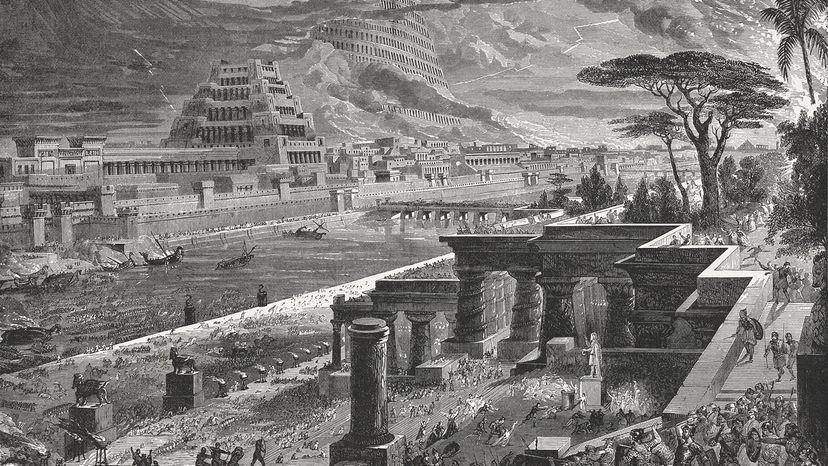Babylon, a name synonymous with ancient grandeur and biblical legend, evokes images of towering structures and imperial power. But Where Was Babylon Located exactly? This magnificent city, famed for its rich history and cultural influence, was strategically situated in Mesopotamia, a region widely recognized as the cradle of civilization.
 fall of babylong
fall of babylong
Babylon’s precise location can be pinpointed in ancient Mesopotamia, within the fertile plains of what is present-day Iraq. It flourished on the banks of the Euphrates River, which was crucial for its prosperity, providing water for agriculture and facilitating trade. Historically, Babylonia was positioned in the southern part of Mesopotamia. This area’s fertile soil, watered by the Tigris and Euphrates rivers, allowed for abundant harvests, supporting a large population and enabling the city to become a major center of power and culture.
Under the reign of Nebuchadnezzar II, who ruled from 605 to 562 B.C.E., Babylon reached its zenith. Nebuchadnezzar transformed Babylon into a breathtaking metropolis, extending the Babylonian empire across vast territories including Egypt, Syria, and the Kingdom of Judah. His ambitious building projects included colossal city walls, designed to protect the city from invaders, and the magnificent Processional Way. This grand avenue, adorned with vibrant blue and yellow tiles depicting lions and dragons, led to the Ishtar Gate, the imposing northern entrance to the city.
Nebuchadnezzar also constructed the Temple of Marduk, Babylon’s patron deity. This temple was built atop a massive ziggurat, a stepped pyramid structure that may have inspired the biblical Tower of Babel narrative. The city’s splendor, however, was juxtaposed with Nebuchadnezzar’s military campaigns and the exile of conquered peoples, including the Israelites, who were brought to Babylon after the siege of Jerusalem in 597 B.C.E.
Despite its eventual fall to Cyrus the Great and the Persian army in 539 B.C.E., and its portrayal in Judeo-Christian tradition as a symbol of decadence, Babylon’s historical significance remains undeniable. Its location in Mesopotamia was pivotal to its rise as a powerful and influential city in the ancient world, leaving behind a legacy that continues to fascinate and inform our understanding of early urban civilization.
